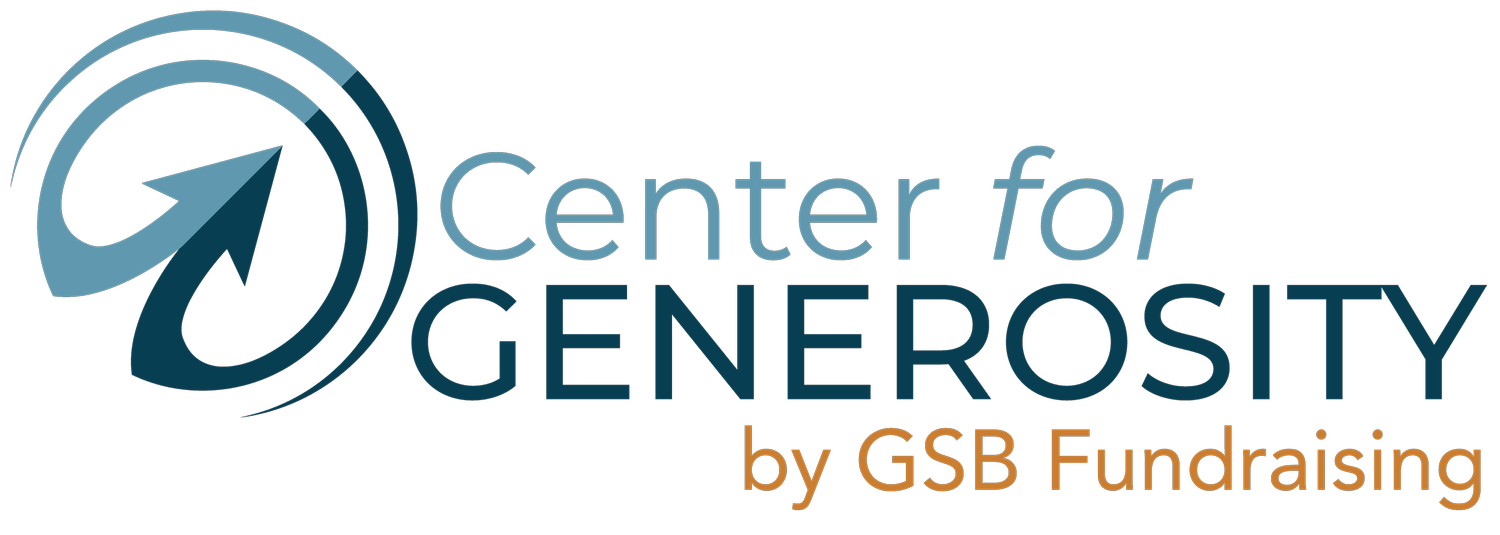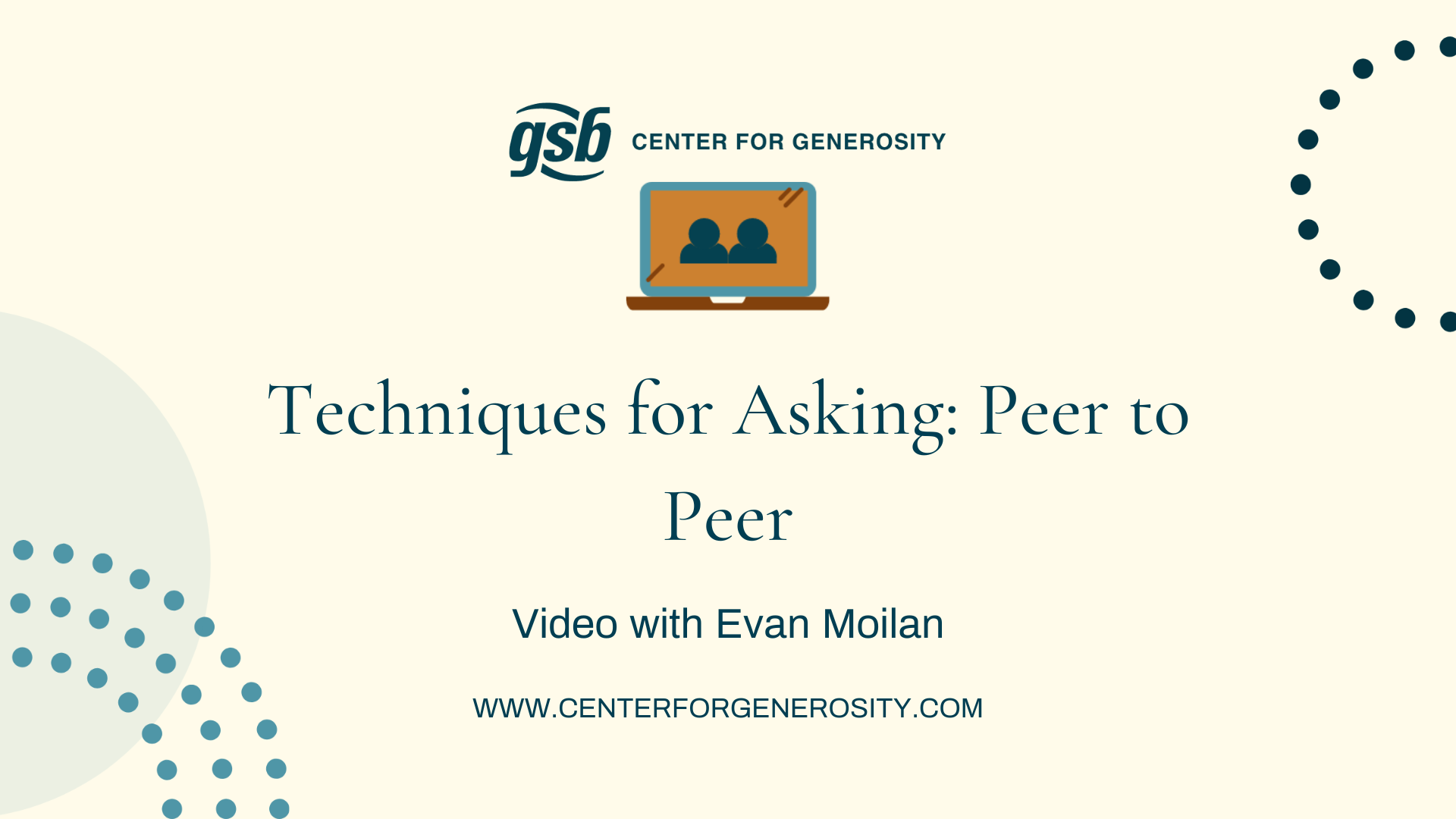Resource Library
Search by Topic
- 10 Steps of Fundraising
- Acknowledgements
- Annual Fund
- Appeal Letters
- Board Governance
- Capital Campaigns
- Case Development
- Challenge Gifts
- Congregation Governance
- Congregations
- Crisis Management
- Database
- Development Councils
- Development Plan
- Donor Relations
- Executive Leadership
- Giving Trends
- Gratitude
- Human Resources
- Lapsed Donors
- Major Gifts
- Marketing
- Matching Gifts
- Mission
- Non-Profits
- Planned Giving
- Public Relations
- Recurring Giving
- Samples
- Self-Care
- Special Appeals
- Special Events
- Stewardship
- Stewardship Appeal
- Storytelling
- Strategic Planning
- The Ask
- Theology
- Tributes
- Volunteers
- Wealth Screen
- Websites
- Youth Fundraising
Donor Bill of Rights
Philanthropy is based on voluntary action for the common good. It is a tradition of giving and sharing that is primary to the quality of life. To assure that philanthropy merits the respect and trust of the general public, and that donors and prospective donors can have full confidence in the not-for-profit organizations and causes they are asked to support, we declare that all donors have these rights
Deposits Vs. Withdraws Donor Care
Building a Donor First culture is critical to the success of any annual fund work, capital campaign, or planned giving effort. If donors feel you are only ever after a withdrawal, they will withdraw from the ministry or agency. Learn how to tell the difference between a deposit into your donor relationship before asking for a withdrawal.
The Importance of Follow Up and How to do it
Any fundraising effort must include comprehensive follow-up. A donor may choose not to participate in your campaign or appeal, but it is your job to invite them to be generous and to get a decision. Learn how to conduct proper and thorough follow-up in this video.
Find Your Best Planned Giving Prospects
Your best planned giving prospects have similar traits. In this 15 minute presentation Jim Schade gives you the roadmap of who they are and how to find them.
What is Donor Retention
How do we improve donor retention, particularly from first gift to their second year with the organization. This is far cheaper than finding a new donor and the first conversion is the most important. Historically, retention rates are 45% on average. This means the average organization loses over half of their donors each year.
The Value of Volunteers in Fundraising
No matter the size or complexity of the organization, volunteers are critical in fundraising efforts. You will network your way to new prospects and have different relationships when we can move to peer to peer fundraising.
Relationship Based Fundraising
Developing relationships with your donors will help you grow their linkage to the organization. This isn't just for capital campaigns, but is relevant to all aspects of developing the donors passion for your organization.
Engaging Lapsed Donors
It is too expensive to allow lapsed donors to happen in our organizations. The end of the year provides a time of urgency for the organization and donor to make this a very good time to focus on our LYBUNTS and SYBUNTS. This video walks through cultivating and stimulating gifts from lapsed donors.
Sample Gift Intent Form for Legacy Gifts
Using a gift intent card or form, especially for legacy gifts, can help provide clarity from the donor about their wishes. Because the donor will not be alive to speak about their wishes when the gift is realized, an intent form can help ensure you honor them. It can help the organization plan its budget, and it helps maintain institutional knowledge. Here is a sample you can download and adapt for your own organization.
Sample Acknowledgement Letter
The letter below is an actual acknowledgment from a client that is story based. When you use a story in your appeal letter, you can match the acknowledgment letter to reflect that and reinforce that their gift transforms lives.
Three Components of Gratitude
Being grateful is a key step in the process with a donor. Learn three components that should be part of every gratitude plan.
Evaluating the 1:1 Donor Portfolio, Seeing the right people
Face to face visits are the most effective fundraising approach to build donor relationship, but they are time consuming in the short term while the results may not be realized for a prolonged period of time. How do you know if you're seeing the "right" people? How do you balance the number of visits between known givers and potential, but lesser known, givers? With tight budgets and limited human resources, reassessing your 1:1 Donor Portfolio is an important part of strategically managing your fundraising effort. At this Roundtable session, we'll talk about how to build a donor portfolio, assess an existing list, and leave with confidence knowing when to add and remove prospective givers.
Systems and Technology to Strengthen Donor Relationships
Small details can make a huge difference. At this Roundtable, we'll talk about small adjustments to your fundraising efforts that can have a big impact. You'll leave with tips for technology tools and practical systems that help you work smarter while sustaining personalized donor connection. Join the conversation with your own favorite tip or technology tool that you've applied in your own fundraising strategy.
Building Momentum After Giving Tuesday
Giving Tuesday may serve as a primary giving day for some nonprofits. In order to capitalize on that momentum, you need a strong annual fund plan to keep that generosity going and build relationships with donors.
Upgrading Donors
Every organization’s fundraising donor base has a threshold of giving. Commons threshold are $100 and $1,000, but those certainly aren’t the only ones. Whether you set a level yourself as part of a first-time donor marketing strategy or because donors naturally gravitate toward a certain level, there’s no doubt thresholds exist (and, once you start looking, there is likely more than one threshold level in your donor base). During this roundtable, we’ll talk through reasons why donors find thresholds so comfortable and outline ways to encourage givers to reach beyond those levels to grow their giving. From messaging strategies to timely appeals, upgrading donors to new giving levels deepens their engagement, strengthens their retention, and increases your organization’s financial support. This session is the third in a four-week series on Annual Funds.
Giving Your Donors Tangible Stuff
Non-profit leaders often wonder what type of gifts they should consider giving to their donors. There is a place for this, but making it special and not expected are two key items we will explore.
Techniques for Asking One-to-One
Fundraisers say the most intimidating responsibility they bear is making personal, individual asks for financial contributions. What should I say? How do I transition from small talk to asking for their financial support? What if they say no? If the thought of asking someone to give a specific amount to your organization or cause leaves you tongue-tied or hyperventilating, join us for a round table discussion for guidance that will equip you for your next donor meeting and tips to help minimize those sweaty palms and sleepless nights.
Techniques for Asking: Cottage Meetings
Cottage meetings are small, brief and intimate events held at a donor’s home. Cottage meetings are a wonderful way to inform and inspire major donor prospects, setting the stage to invite a first gift or upgraded gift. Cottage meetings also work as a way to encourage a sense of community among donors. We will discuss what cottage meetings look like, who should be involved and how to conduct effective follow up.
Donor Stewardship
You have a donor, how do you keep them? Taking care of building and growing a relationship is a center-piece of any development department.
Techniques for Asking: Peer to Peer
The #1 reason anyone makes a charitable gift in the U.S. is because they were asked. #4 is because they care about the person who is asking. Peer-to-Peer giving engages the power of influence from those who already care for your organization, to engage new donors and extend your reach and impact. In this session we’ll talk about: -The fundamentals of Peer-to-Peer -Tools available to make Peer-to-Peer available to every organization regardless of size -Leveraging reasons #2 & 3 and other keys to success -Conversion of new donors into giving beyond Peer-to-Peer




















